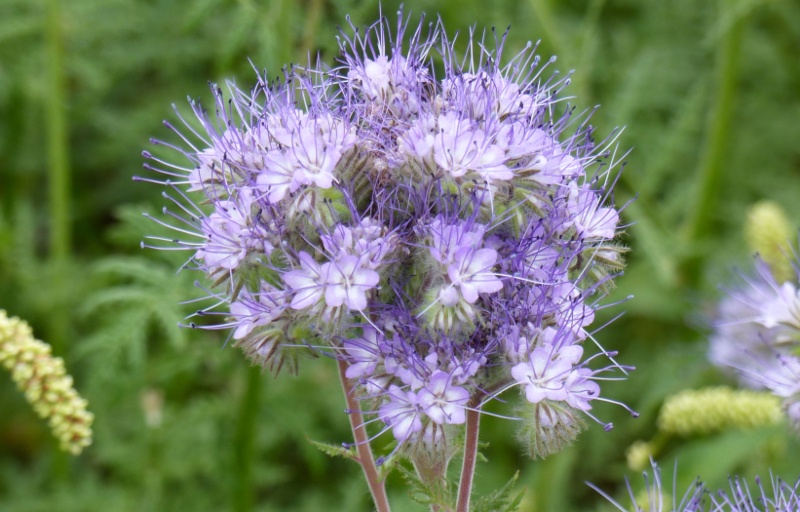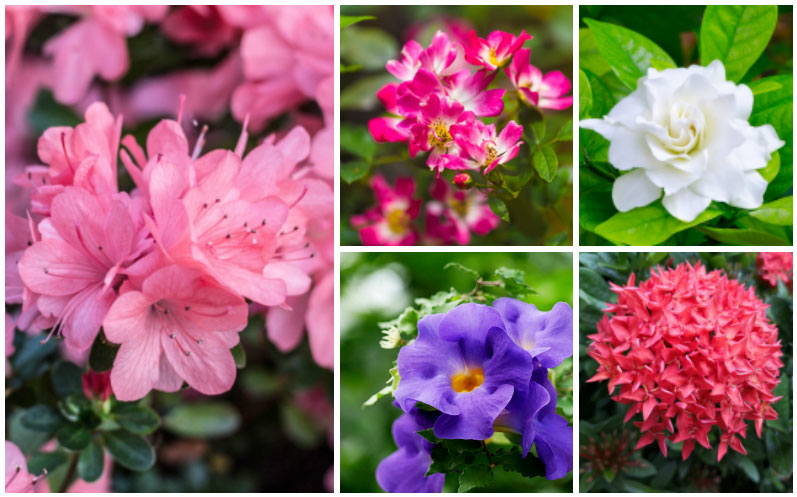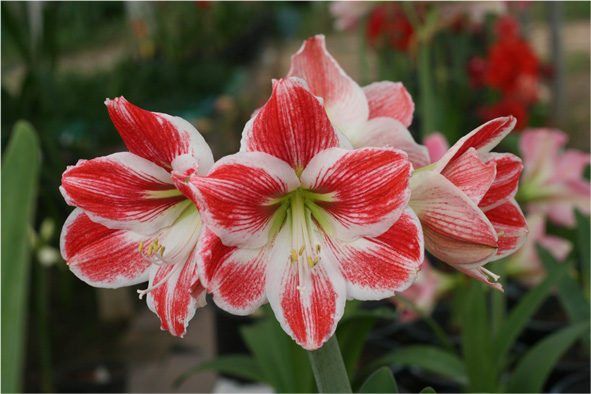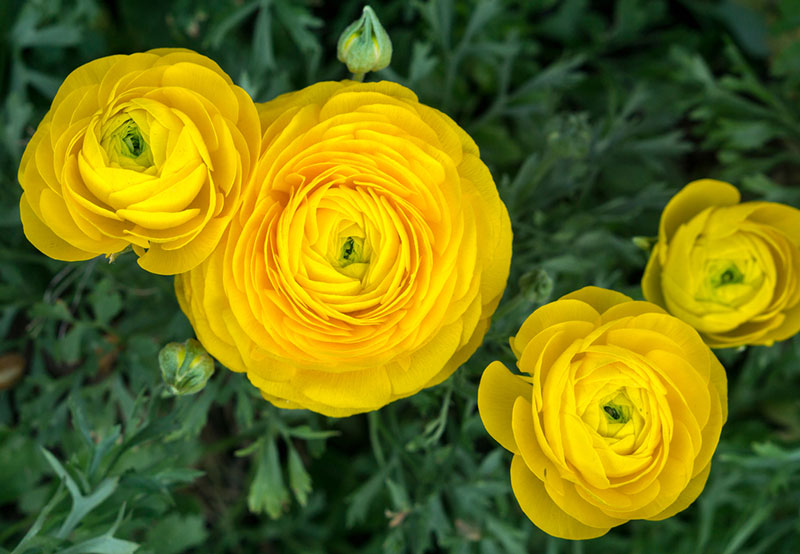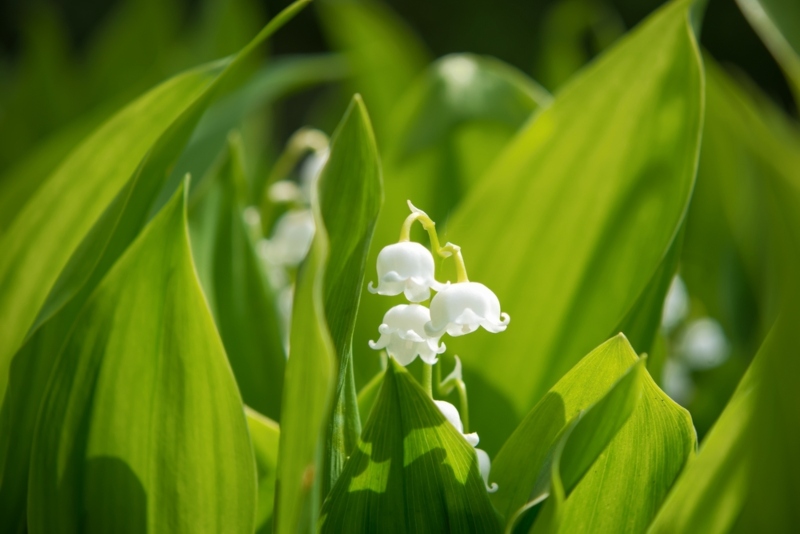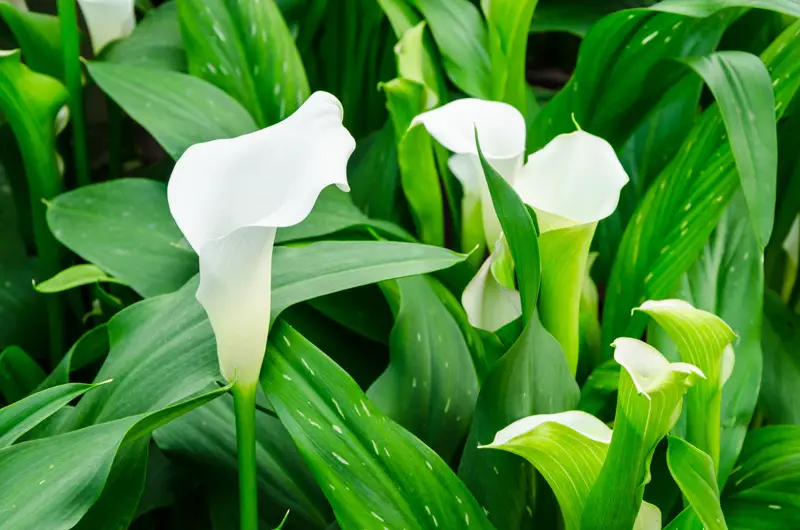
Big, beautiful lily flowers are some of the most recognizable flowers in the world. The flower is actually so popular that many flowers with “lily” in the name aren’t actually true lilies! Daylilies, calla lilies, water lilies, and lily of the valley are just a few of the dozens of “lilies” you may have heard of.
True lilies belong to the genus lilium, but these flowers are so widely hybridized for a variety of shapes, colors, sizes, and patterns that very specific species of lilies can be hard to pin down. Instead, we’ll discuss some of the larger types of lilies.
A lily is a flowering plant that grows from a bulb and has large, prominent flowers. They are perennial, and can grow between two to six feet in height. They range in color from yellows, whites, oranges, pinks, reds, and purples. Some can even be blue! They are widely grown in private and ornamental gardens in temperate and tropical regions.
Lilies like sun, so a sunny or partial shade spot in your garden will be ideal. They also take readily to containers, if you’d rather have the fragrant blooms in your home, or if you have a lot of deer or rabbits, which like to eat lilies.
Lilies grow best in loose, well-drained soil that is watered freely. Very tall plants should be staked so that they don’t droop. After the blooms start to fade, you’ll need to deadhead and cut back the stalks.
The best way to enjoy your lilies for the longest period of time is to plant a variety of lilies that will bloom from spring to fall, providing you with a beautiful, vibrant garden throughout the growing season that attracts a wide array of butterflies.
Trumpet Lily
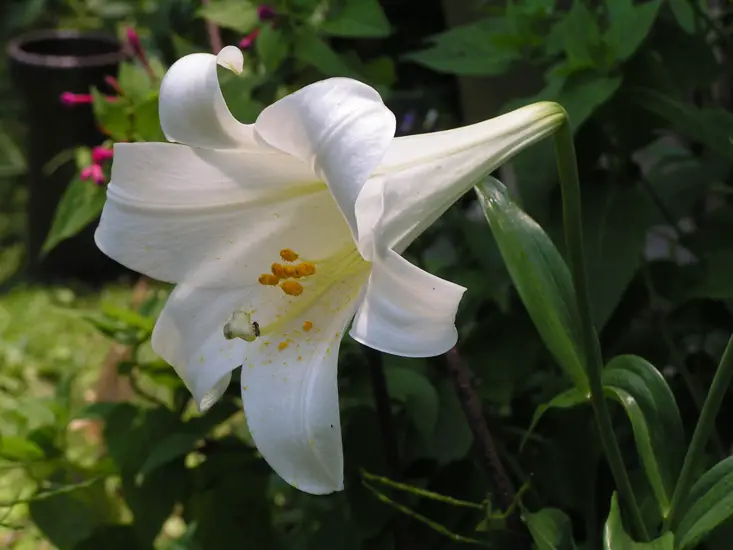
Also called an Aurelian Lily, the trumpet lily is the most iconic lily due to the trumpet shape of its blooms. Trumpet lilies are very fragrant, and can fill your house or garden with a beautiful scent. In your garden, Trumpet lilies will generally bloom before Oriental lilies and after Asiatic.
Easter Lily
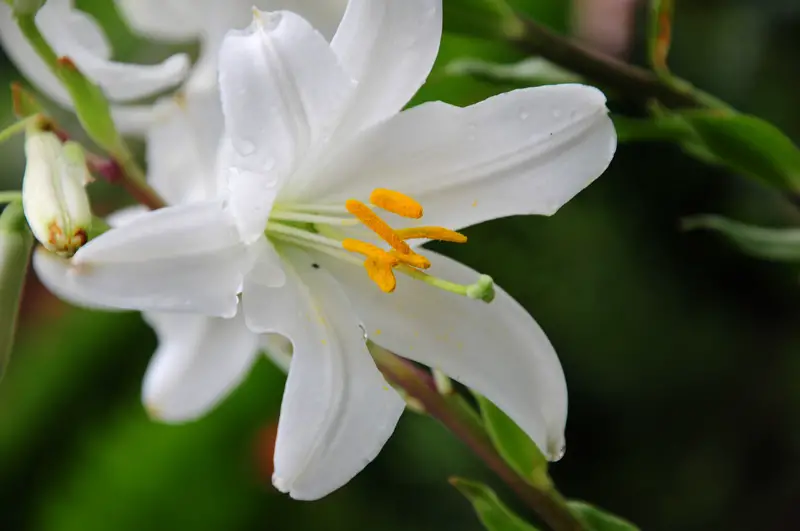
Another iconic lily, the lilium longiflorum, is a very popular lily during the Christian celebration of Easter. Easter lilies are native to the Ryukyu Islands in Japan, and the stalks can grow up to a meter high. These pristine white blooms are trumpet shaped and generally thinner than Trumpet lilies. The white blooms are out-ward facing and have a light fragrance. Although these plants are beautiful and edible for humans, the Easter Lily in particular is toxic to cats, so cat-owners should be careful about bringing these plants into their homes.
Asiatic Lily
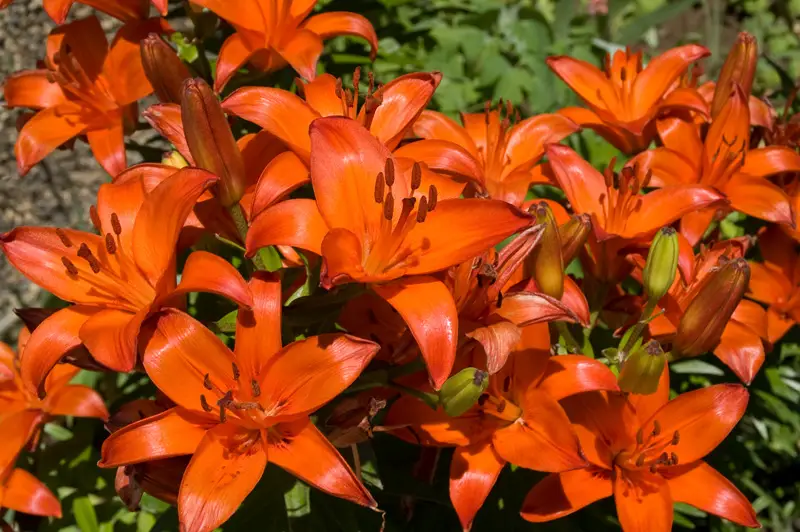
Asiatic lilies have some of the largest blooms in the lily family, and are known for the range of colors, shapes, and patterns of the hybrids in this category. The flowers can range from soft pastels to vibrant, bold reds, pinks, oranges–any color but blue. Asiatic lilies are one of the easiest lilies to grow and care for, probably due to the high hybridization of these lilies. These lilies tend to bloom in the fall, and unlike other varieties, are typically unscented. If you like soft pinks, try planting the “Corsica” cultivar in your garden.
Oriental Lily
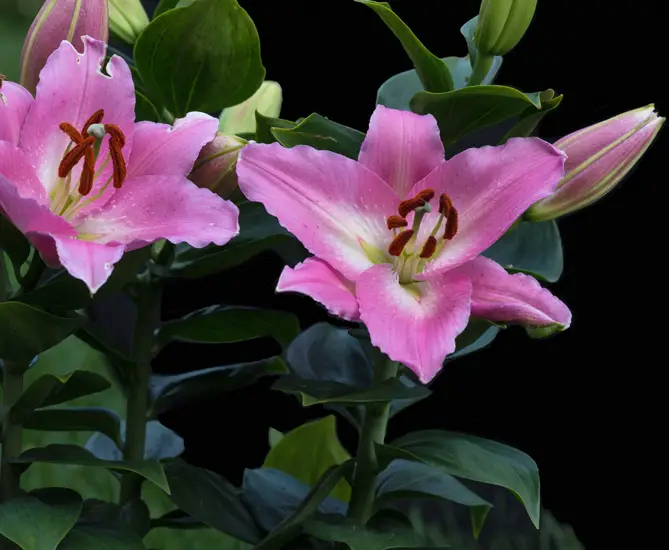
Oriental lilies, like Asiatic lilies, are one of the most popular ornamental varieties of lilies. They have colossal blooms in soft colors that are often accented by freckles, stripes, or spots on the petals. While these are not the easiest lily to grow, they have lovely curled-back petals and look as though they might belong in a fairy garden. For a pretty, soft rose-colored bloom, try the “Stargazer” cultivar.
Martagon Hybrid Lily
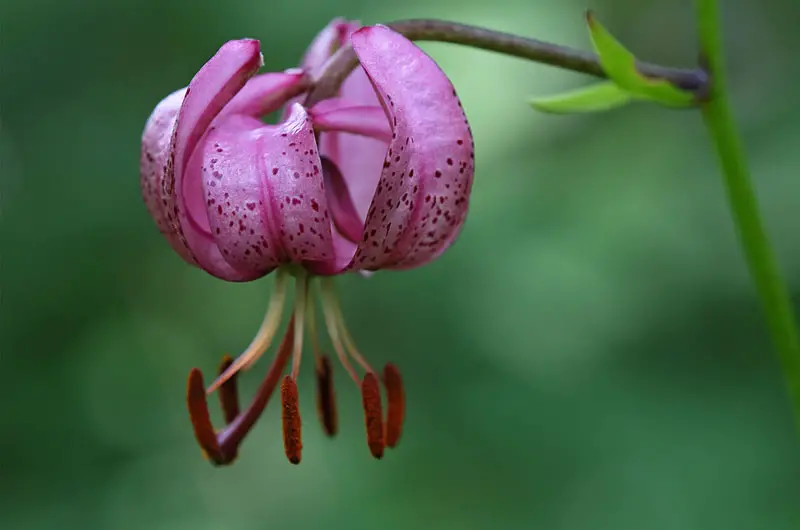
While the other four varieties of lilies have typically the same shape, with variations on size and position of the petal, the Martagon hybrid lilies are perhaps the most different. Martagon lilies have very tall stalks with many small blooms that face downward, similar to the way a lily of the valley looks. The blooms also often feature freckles or spots.


